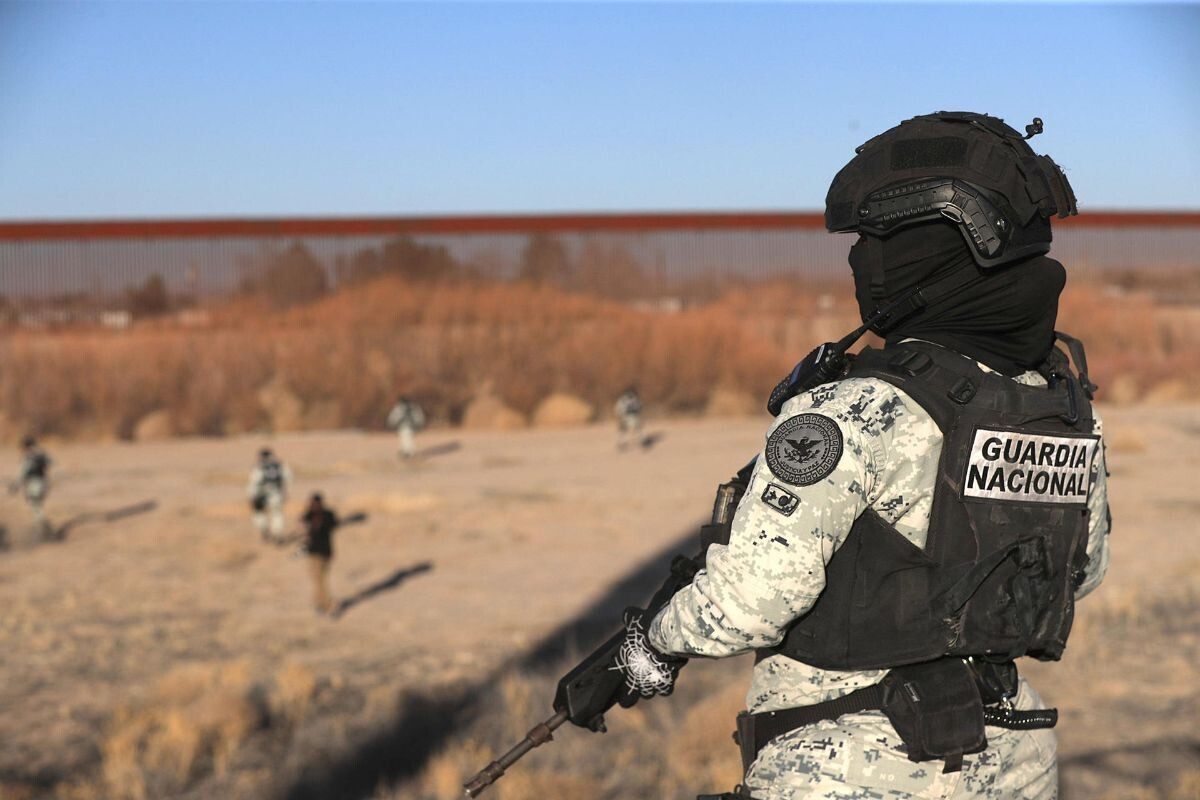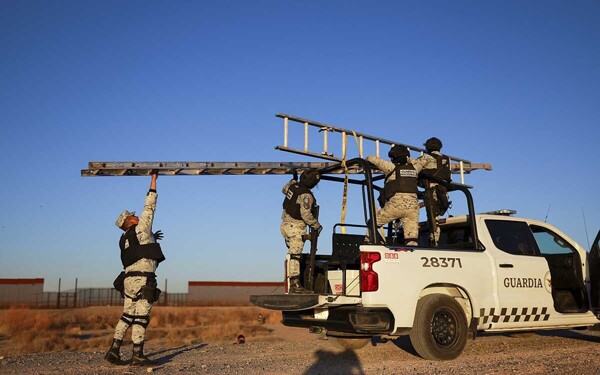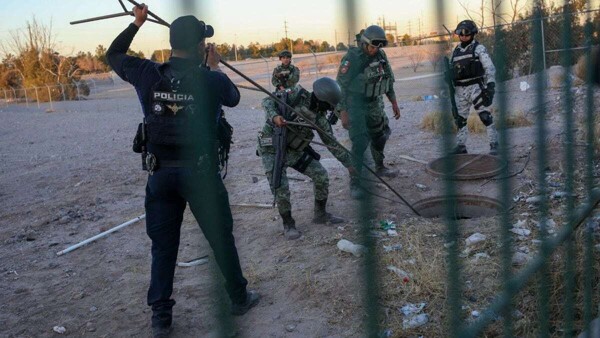
The Mexican Army and the National Guard have launched a joint operation on the border line of Ciudad Juárez as part of an agreement between the President of Mexico, Claudia Sheinbaum, and the President of the United States, Donald Trump, to strengthen measures against irregular migration and fentanyl trafficking.
During the patrol, more than 30 ladders and ropes used by human traffickers, known as 'coyotes', to facilitate the crossing of migrants into U.S. territory have been secured. These actions are part of an increase in surveillance recently announced after the conversation between the two leaders, where it was agreed to postpone the imposition of tariffs on Mexico and emphasize the need to enhance security at the border.
Sheinbaum has defended the agreement as positive for Mexico, highlighting the deployment of 10,000 Armed Forces personnel at the U.S. border, specifically assigned to stop the flow of fentanyl and migrants. The operation has taken place in areas identified as vulnerable, where constant crossings of migrants and activities related to drug trafficking have been recorded.
Mexican authorities have intensified inspections in the region in response to U.S. pressure to contain the migration crisis and curb the entry of fentanyl into the country. President Trump has emphasized the need for cooperation from Mexico in this regard.
The presence of military personnel and National Guard members in the area has generated mixed reactions. While some believe these measures will contribute to security in the region, human rights organizations have expressed concern about the impact they may have on migrants seeking asylum in the United States.
Experts in migration policy warn that increased surveillance at the border could heighten risks for migrants, who may be forced to turn to more dangerous routes. They also point out that militarization does not address the structural causes of migration, such as poverty and violence in the countries of origin.
Mexican authorities plan to continue operations in the coming days and assess their effectiveness in coordination with U.S. authorities.













